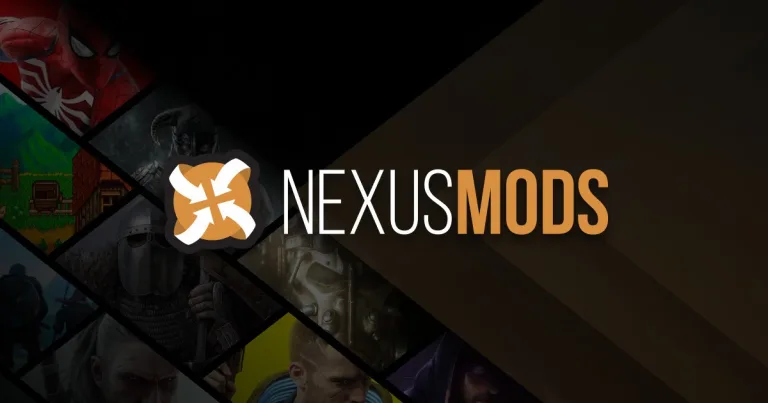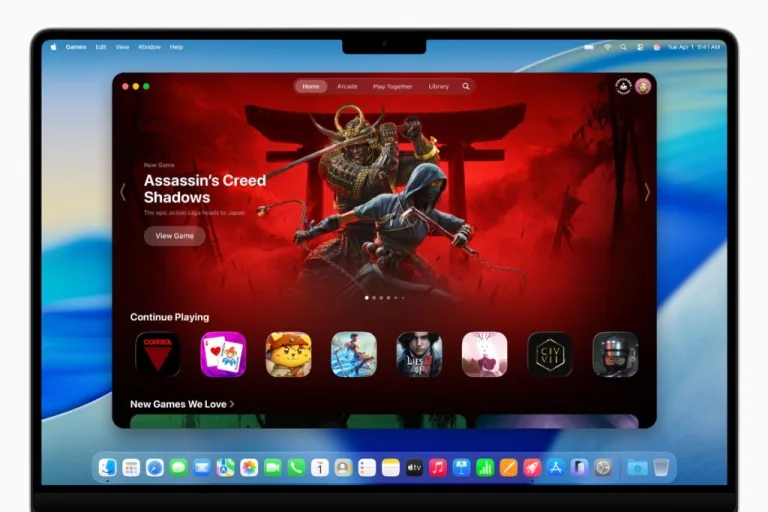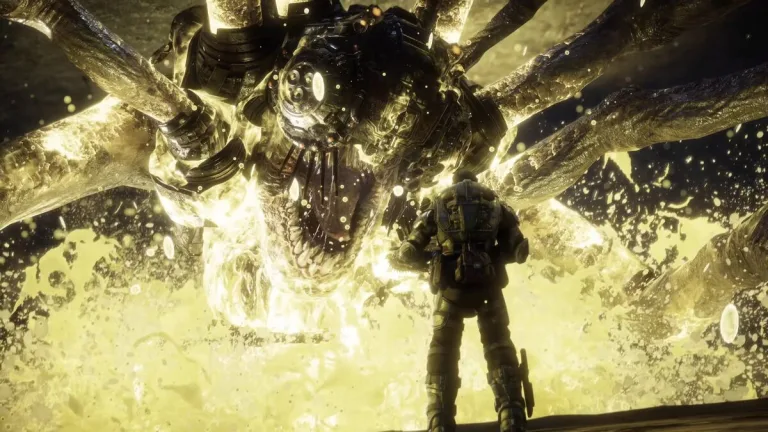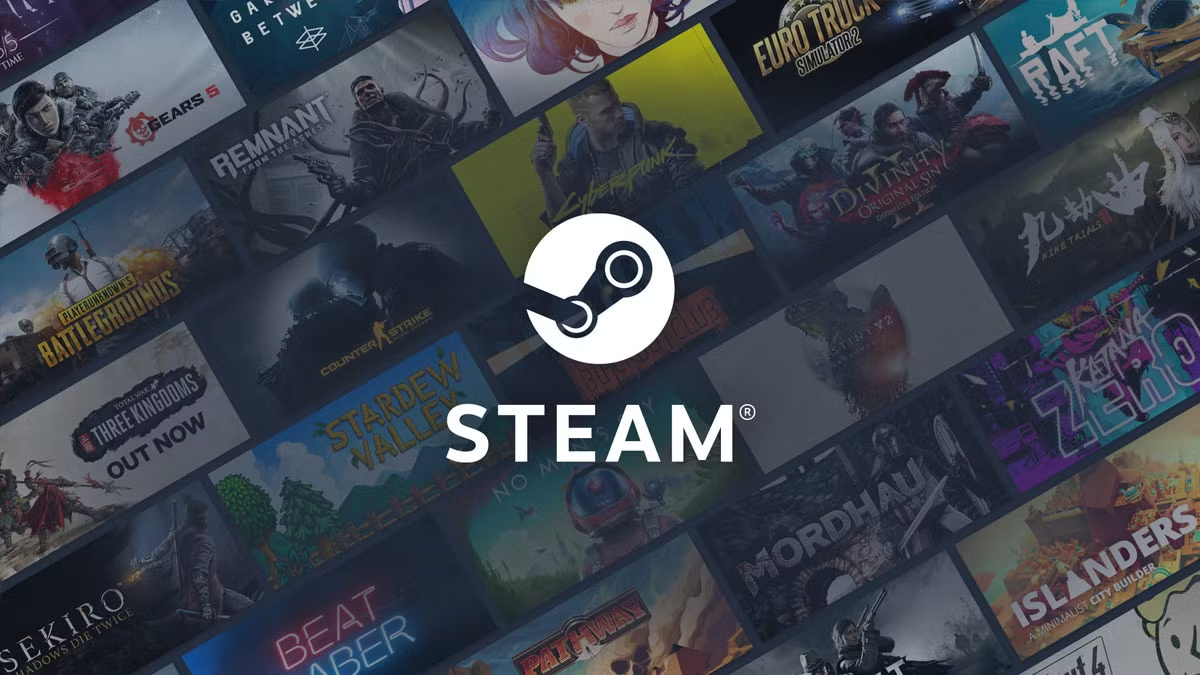When a platform becomes synonymous with an entire hobby, its sale marks more than a business transaction—it...
PC
Stellar Blade exploded onto the scene as a PlayStation 5 exclusive in April 2024, winning hearts with...
Apple dedicated less than ten minutes of its two-hour WWDC keynote to gaming, yet the slide-deck was...
In a landscape where video games have long relied on imaginative communities to breathe new life into...
The PC Gaming Showcase 2025 proved to be a pivotal moment in the world of PC gaming—a...
Gears of War: A Bold New Chapter Unveiled at Xbox Game Showcase 2025 The Xbox Games Showcase...
The Steam Deck has revolutionized handheld gaming, offering PC-level performance in a portable form factor. Now, with...
Valve has rolled out SteamOS 3.7.8, bringing a host of improvements and new features to the Steam...
The annual Warhammer Skulls event has returned, bringing a wave of exciting announcements for Warhammer 40K fans....
AMD has officially unveiled its Ryzen Threadripper 9000 Series processors, codenamed “Shimada Peak”, bringing up to 96...











